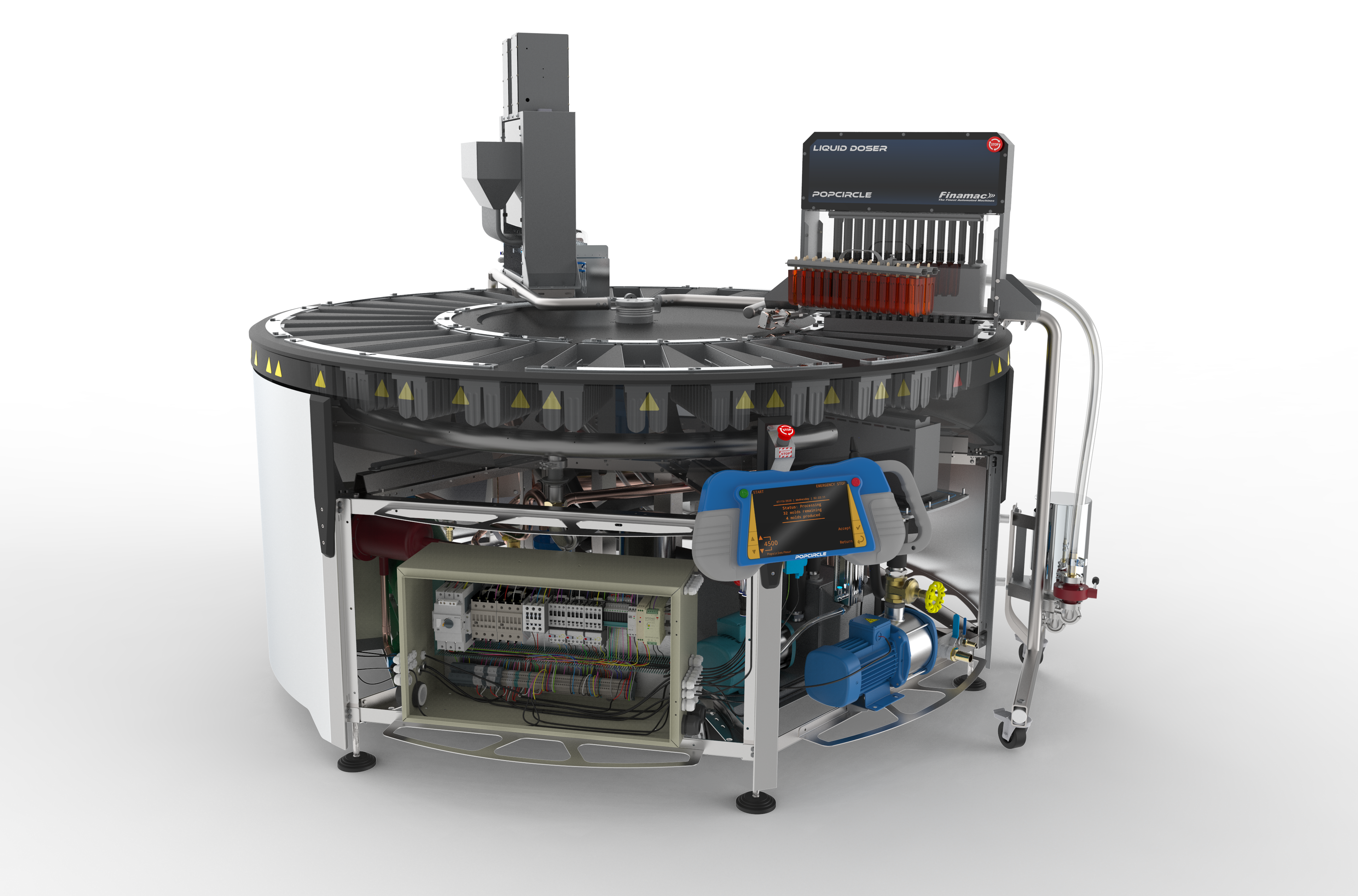

There's a better way to achieve the same result: Instead of using bi-directional filters, you can apply a visual-level filter to the Product slicer itself. Bi-directional relationships require more processing and so they can negatively impact on query performance-especially as the number of bi-directional relationships in your model increases. If you do decide to show slicer items "with data", we don't recommend you configure bi-directional relationships.

They don't understand why slicer items dynamically appear or disappear when they interact with other slicers. Some report users find the experience confusing. We first suggest you consider carefully whether this design works for your report users. This item represents the only product sold to Australian customers. The Product slicer now lists a single item: T-shirt. You can achieve this behavior by configuring the relationship between the Product and Sales table to filter in both directions. It's what's meant by showing slicer items "with data". When report users slice by Australia, you might want to limit the Product slicer to display items where data relates to Australian sales. The card visual displays a quantity of 30. No items are selected (meaning no products are filtered).

The second slicer is for Product, and it has three items: Hat, Jeans, and T-shirt. The first slicer is for Country-Region and it has two items: Australia and United States. The page consists of two slicers and a card visual.
OrderDate March 3 2019, CustomerCode CUST-02, SKU CL-01, Quantity 30. OrderDate February 2 2019, CustomerCode CUST-01, SKU CL-02, Quantity 20. OrderDate January 1 2019, CustomerCode CUST-01, SKU CL-01, Quantity 10. SKU CL-01, Product T-shirt, Color Green. CustomerCode CUST-02, Customer Customer-2, Country-Region Australia. CustomerCode CUST-01, Customer Customer-1, Country-Region United States. The row details for the three tables are described in the following bulleted list: It's done in this article to support the discussion with clear examples. It's not possible to display table rows in the Power BI Desktop model diagram. All examples in this article are based on this data. To help describe how bi-directional filtering works, the model diagram has been modified to reveal the table rows. Each relationship filters in a single direction. The Customer and Product tables are dimension-type tables, and each has a one-to-many relationship to the Sales table. The third table is named Sales, and it contains four columns: CustomerCode, OrderDate, Quantity, and SKU. The second table is named Product, and it contains three columns: Color, Product, and SKU. The first table is named Customer, and it contains three columns: Country-Region, Customer, and CustomerCode. (If you're familiar with Excel PivotTables and slicers, it's the default behavior when sourcing data from a Power BI dataset, or an Analysis Services model.) To help explain what it means, first consider the following model diagram. For more information, see Many-to-many relationship guidance (Relate many-to-many dimensions).īi-directional relationships can deliver slicers that limit items to where data exists. A bi-directional filter is required to ensure filters propagate across the bridging table. Many-to-many: When relating two dimension-type tables, a bridging table is required. For a complete discussion and alternative designs, see One-to-one relationship guidance. Generally, we don't recommend creating these types of relationships. One-to-one: All one-to-one relationships must be bi-directional-it isn't possible to configure otherwise. There are three scenarios when bi-directional filtering can solve specific requirements:īi-directional relationships play an important role when creating the following two special model relationship types: They can negatively impact on model query performance, and possibly deliver confusing experiences for your report users. Generally, we recommend minimizing the use of bi-directional relationships. For more information, see Understand star schema and the importance for Power BI. It's also important that you have an understanding of star schema design. PHOTOX EDGE HOW TO
If you're not completely familiar with relationships, their properties or how to configure them, we recommend that you first read the Model relationships in Power BI Desktop article. An introduction to model relationships is not covered in this article.







 0 kommentar(er)
0 kommentar(er)
